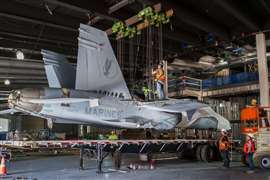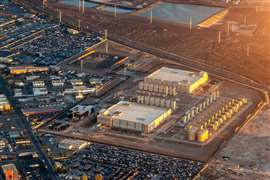The waiting game
15 April 2008
January is a traditionally quiet month on the markets, with low volumes of shares being traded in the run-up to the annual results season that starts at the end of the month. This understandable caution was reflected in the mainstream indicators between weeks 1 and 4, with the Dow moving up just 1.13%, and the UK's FTSE 100 standing still with a marginal 0.04% loss.
Japan's Nikkei 225 Index was a little more dynamic, with a 2.50% rise. The start of the calendar year does not have the same significance in Japan, as most companies work to the ‘fiscal year’, which ends on 31 March.
But while the mainstream markets were quiet, there was more movement for crane manufacturers' equities. The IC Share Index moved up 6.19% in the first four weeks of the year – not a great deal by the standards of this particular index but, as is often the case, well ahead of the mainstream indicators.
Individual share price movements within the industry were something of a mixed bag. Manitowoc and Terex both saw steep slides in their share prices over the first four weeks of the year, compared to steady performances for the Japanese manufacturers and strong growth for the Europeans.
However, as IC went to print, results were due from all four of the key European and US crane builders, and these will undoubtedly have more bearing on share prices than the slightly aimless period at the start of the year.
In addition to covering performance over the last 12 months, companies will provide guidance for the year ahead in their market announcements. Most critical here will be views on the US economy, and its housing market, which had a tough time in the second half of 2006. These factors will be important for corporate profitability next year, although the fortunes of the housing market has a little less bearing on crane manufacturers than it does on makers of compact construction equipment such as telescopic handlers and backhoe loaders.
Currencies
January was a steady month for the US Dollar, with movements of less than 1% against the Euro and Pound, despite a somewhat unexpected 0.25% rise in UK interest rates. There was more movement against the Yen, with the Dollar building on gains in the last quarter of 2006 to take it to its highest since early 2003.
This is an encouraging sign, pointing to strength in the US economy. However, it will take a few more similarly bright pieces of news to lift share prices further from their current historic highs.




